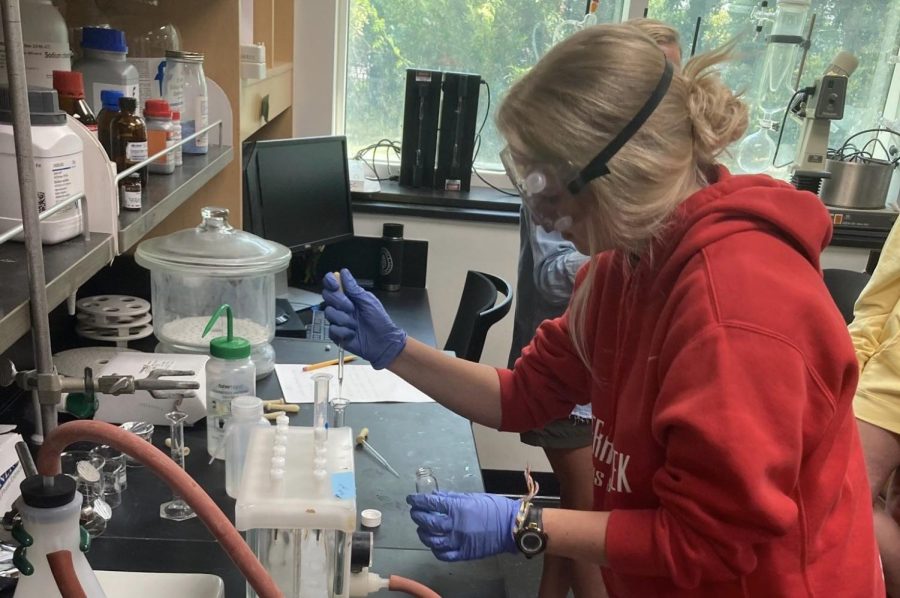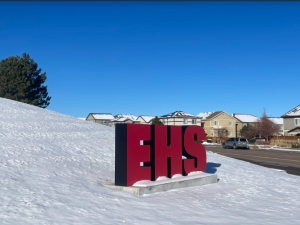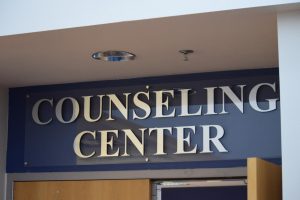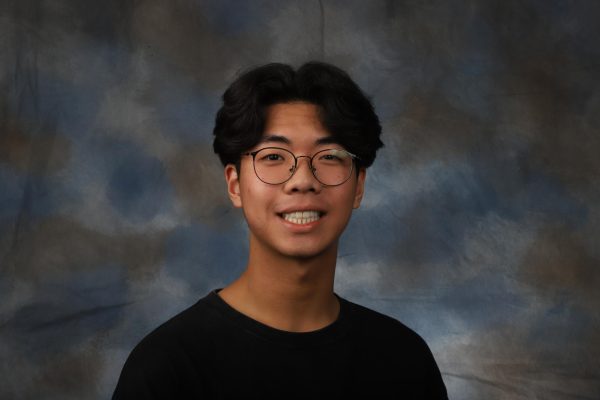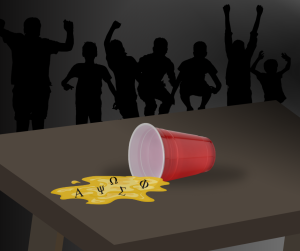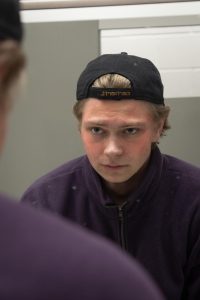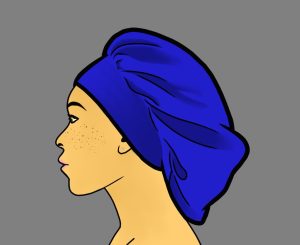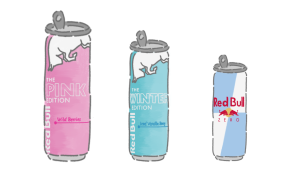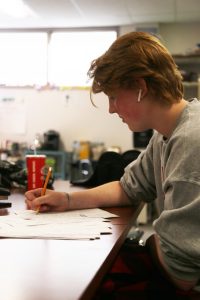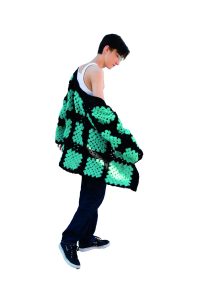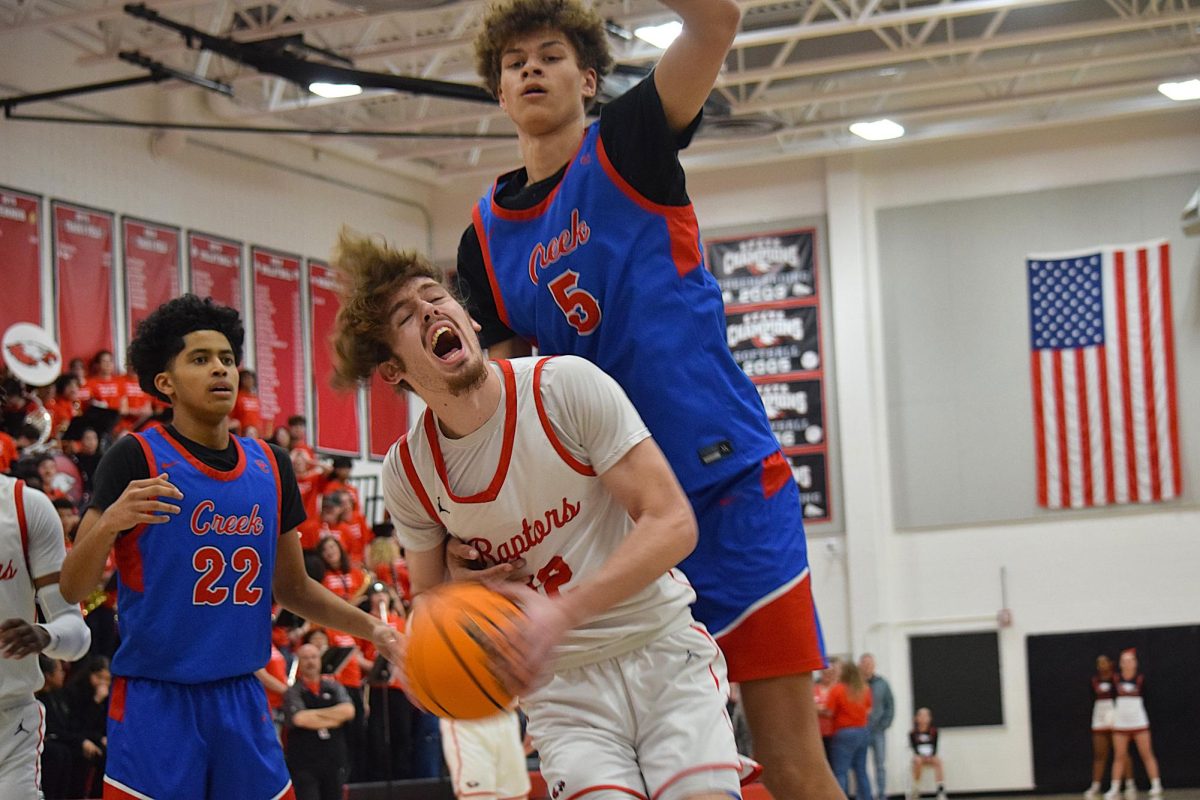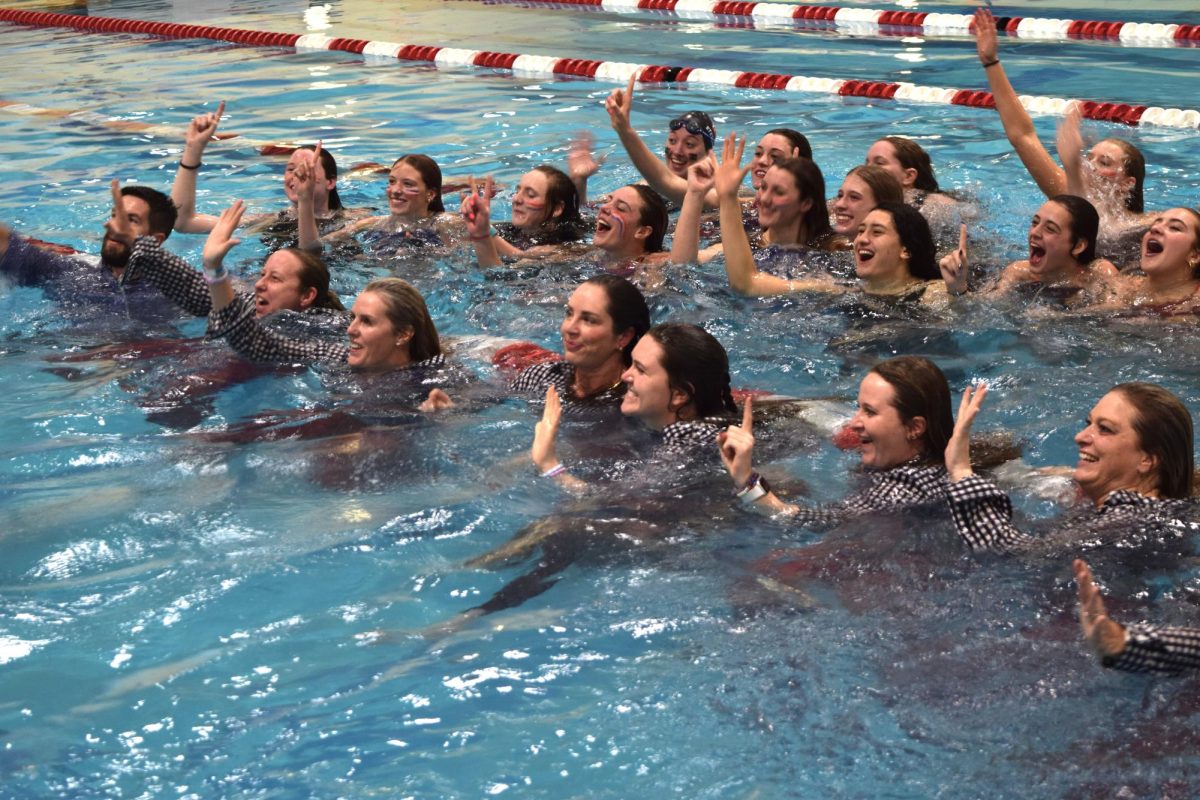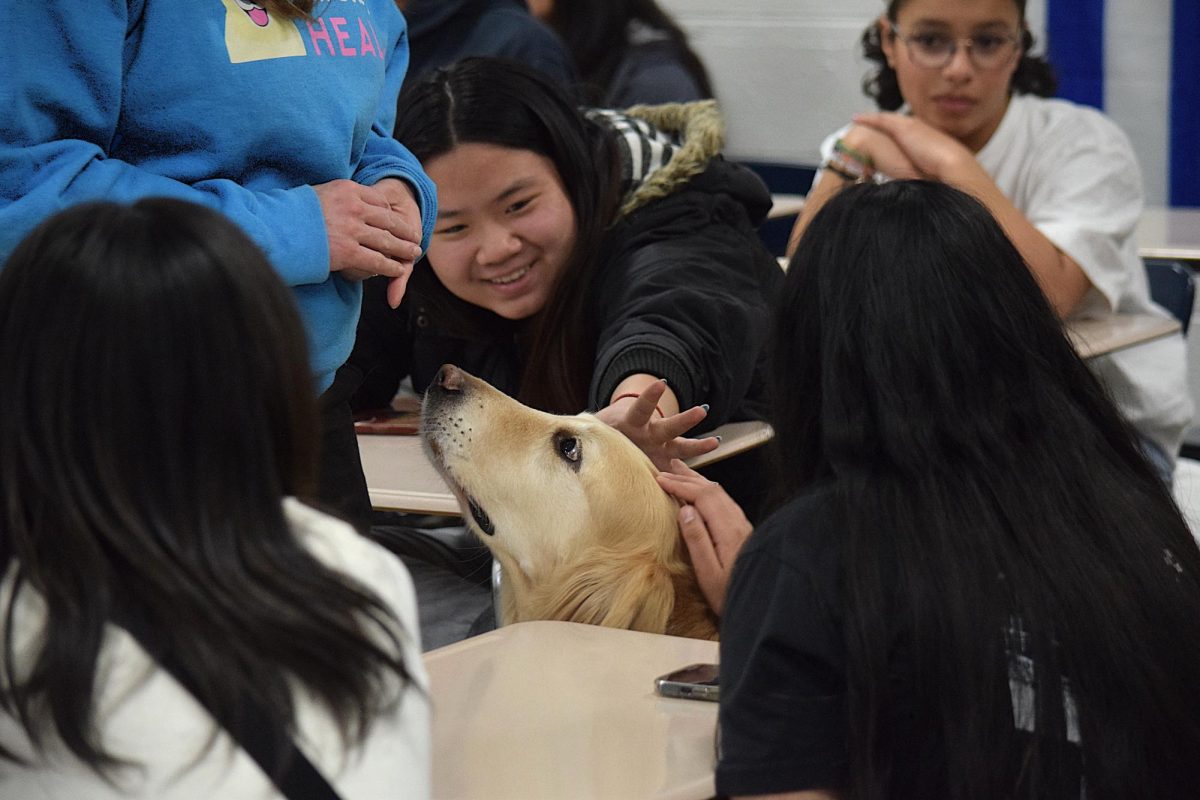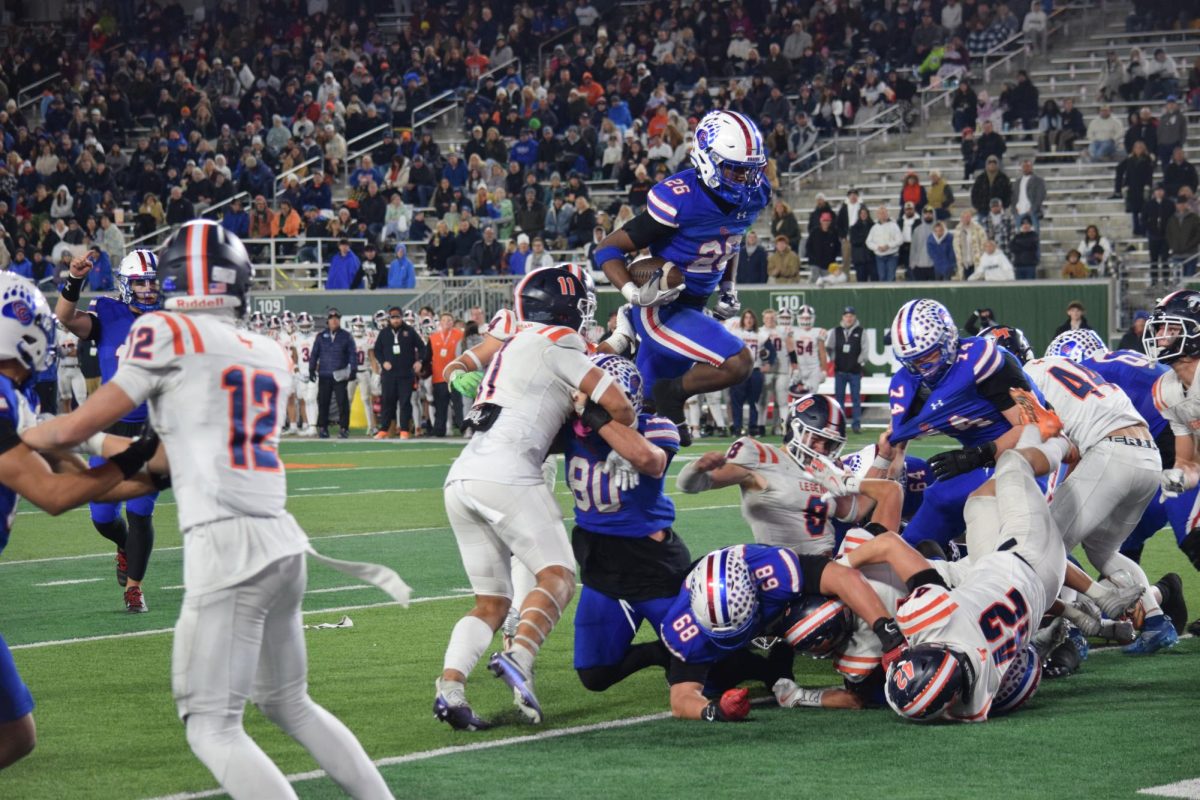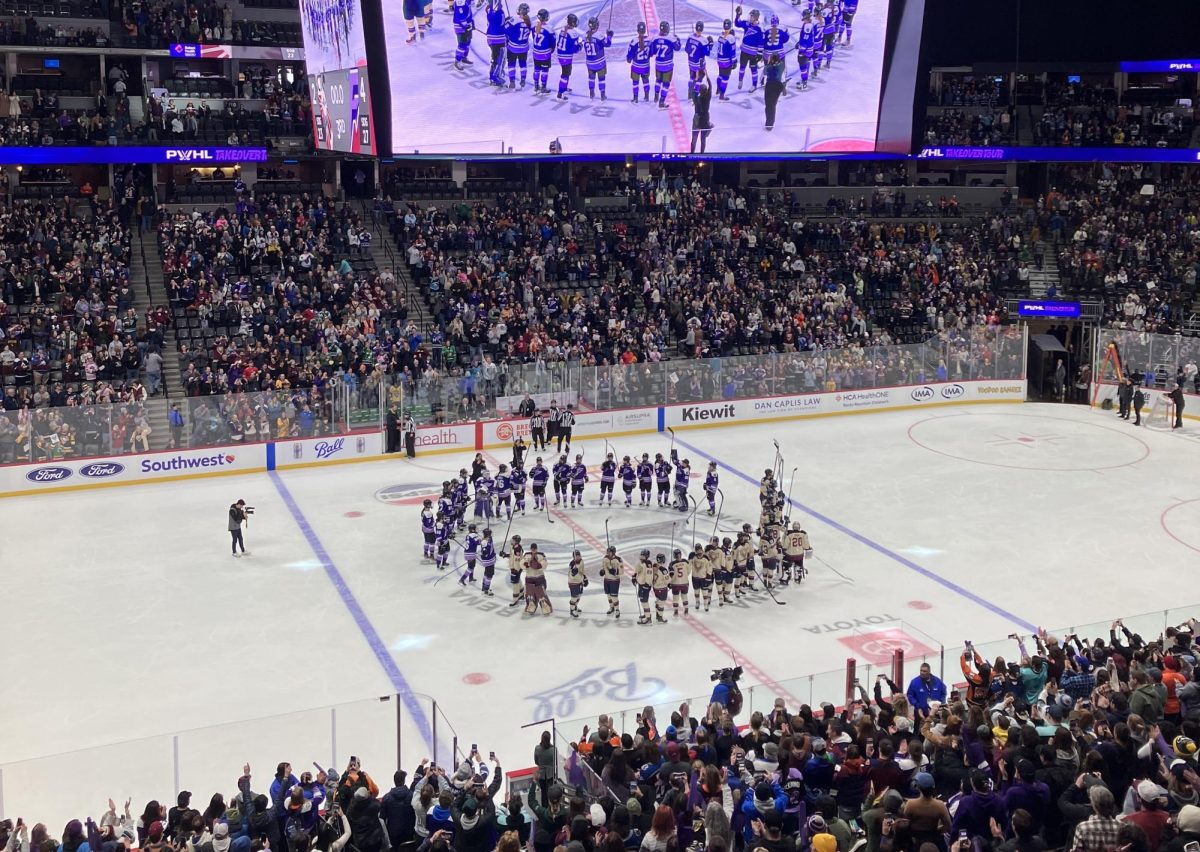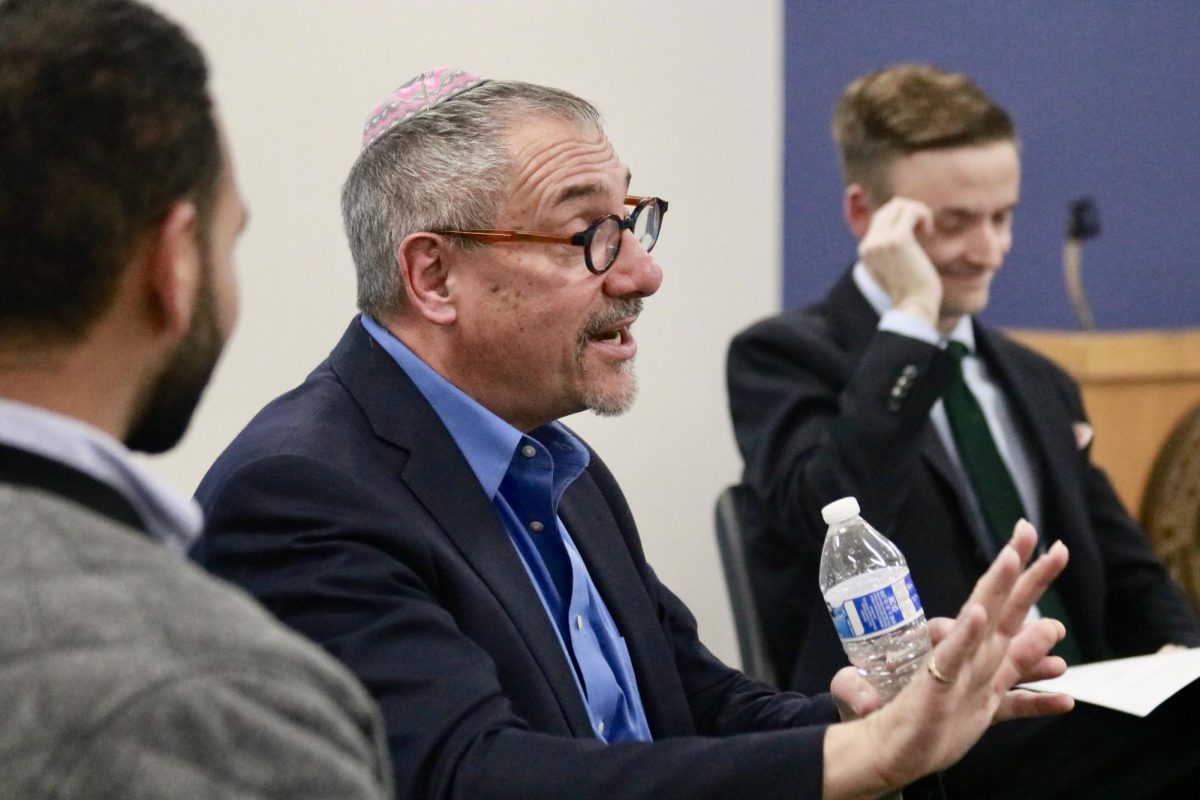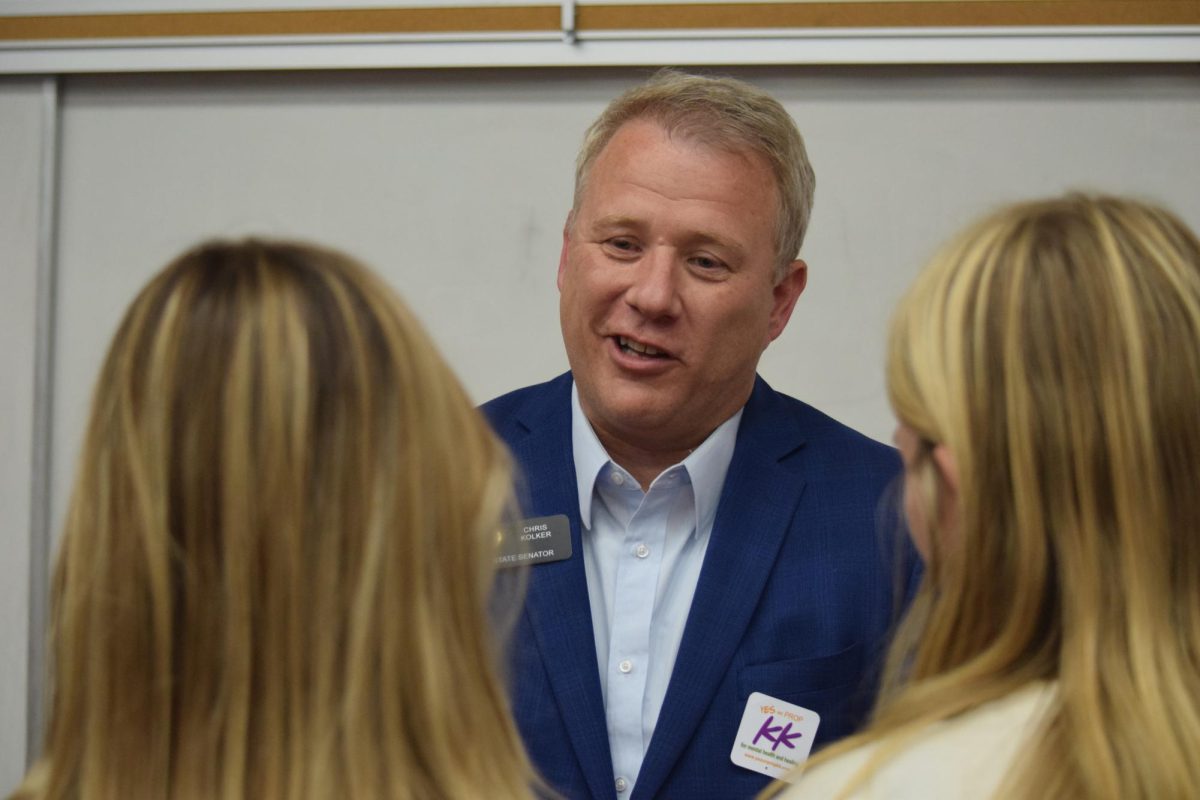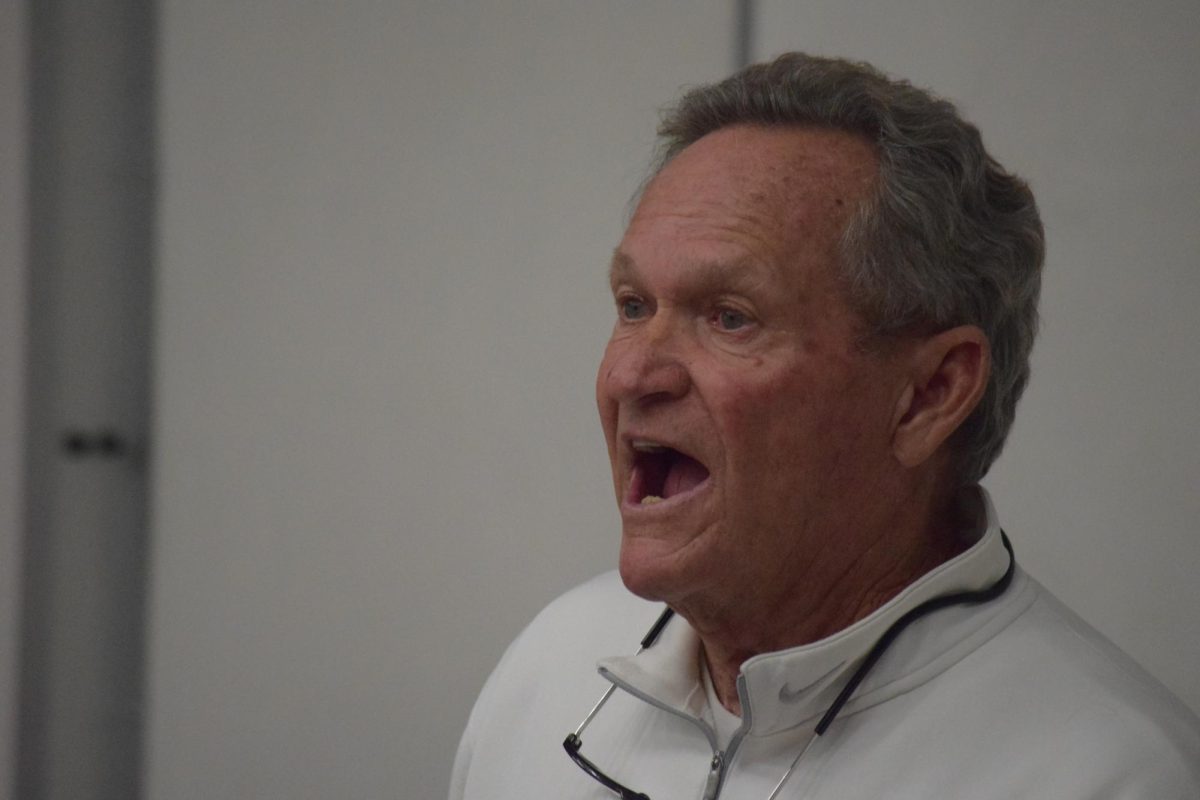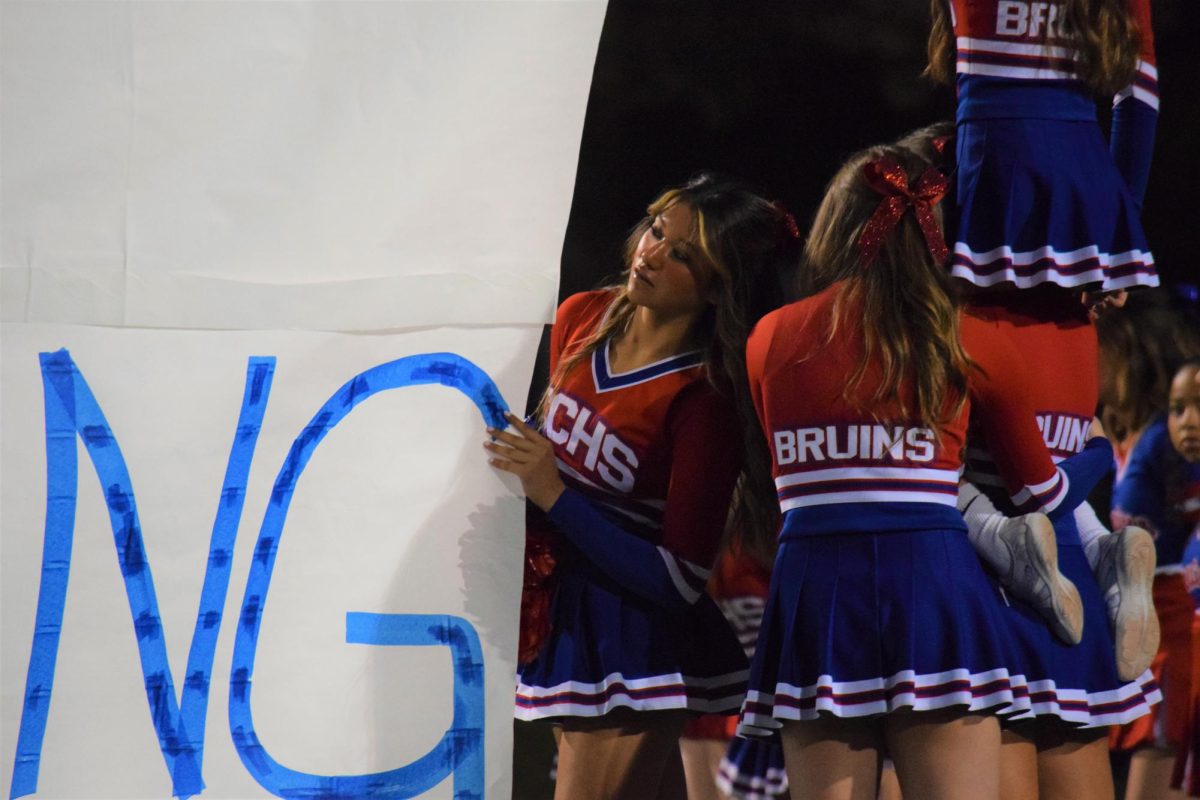Students Engage in Science Research
Peter Philpott and Jonathan Lee
Senior Mollie Busch works in the lab on her project, which is a perfect example of how the Science Research class operates. Busch gathered her samples in North Carolina, demonstrating the freedom and flexibility the class offers to its students.
December 19, 2022
While most Creek classes occupy a space in a student’s schedule, Scientific Research is more like an extracurricular activity. Students conduct research in their free time, both in Creek laboratories and outside the school.
Ethan Dusto has been teaching the class for ten years, while teaching CP and AP Chemistry for 19. “My favorite part is that every year I get students who are interested in something that’s totally different than the year before, so it never becomes routine,” Dusto said. “It’s always a lot of problem solving. I like to problem solve, and so it always keeps me on my toes.”
The class doesn’t force students to study for quizzes and tests every week, but instead allows them to spread their wings and explore the scientific world, hands on.
Students enjoy being able to go deeper into a project while being assisted by experienced instructors. “Science research at Creek was kind of an opportunity for me to pursue my own personal science,” senior Mollie Busch said. “Having this opportunity to really take my research and my interest to the next level with the support of amazing science teachers was a really big draw for me.”
Busch’s project involves analyzing carbon isotopes traveling digestively between organisms to find out how a certain trophic system, or food web, works. She traveled to salt marshes in North Carolina to take samples from killifish. “[It helps us] determine where on the foodweb each organism likewise without having to visually observe them eating or being eaten.”
Some projects are a way for students to exercise their passion in a way that a classroom couldn’t contain. Some dig deep into lifelong interests.
Senior Rachel Novak, in her research, is trying to find if sweat cells can provide enough DNA to build a full genetic profile. “I’ve always been interested in forensics,” Novak said. “I think the whole prospect of finding something so minuscule and using that to potentially solve a crime is really fascinating.”
Dusto enjoys watching his students take charge and become independent researchers. Many students travel to rivers, mountains, and even oceans to collect samples.
The class’s structure allows students to do science in their free time rather than an assigned school activity in a classroom. “I love getting to do work for a class that I’m actually interested in,” Novak said. “Knowing that everything I’m doing is going towards an end product rather than just busy work for completion points.”
The class is like a giant open-ended question, allowing students to solve problems using the scientific method rather than slaving over worksheets and calculators. Forget flashcards, quizlets, and homework.
“What separates them from more of a pedestrian project to something that’s really stellar is the students’ drive and their tenacity to keep coming back to the same problem and see what they can make of it,” Dusto said. “[I] show them where the edges of the box are, and then let them build whatever they want inside that box.

